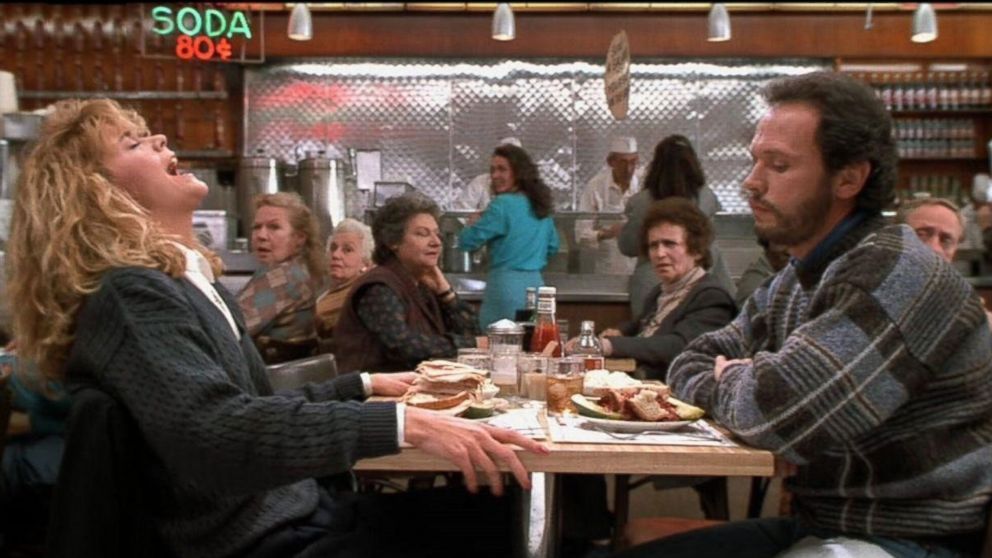By Dina Varano
•
February 9, 2020
John sat in the chair practically buzzing. His anxiety was palpable as he described the recent onset of panic whenever he had to audition. As a professional musician, this fear had become quite a hindrance to his career. It was starting to take a toll on his marriage and everyday life as well. “I just don’t understand it,” he says. “I’ve auditioned hundreds of times over the years. Sure, there’s been some anxiety like all performers have but why am I so suddenly terrified now?” His words expressed the mix of fear, despair, anger, and confusion he was so obviously feeling. As I got a better sense of John’s life history, we began to piece together how he grew up with a very demanding, perfectionistic father and a passive but subtly manipulative mother who relied on her son to provide the emotional support she didn’t receive from her husband. John remembered feeling terrified by his father’s judgment and burdened by his mother’s needs. “But even if that’s what’s contributing to my panic, what can I do about it? How do I get rid of it?” he asked somewhat pleadingly. I shared with him how children are often very resilient to trauma in general and especially to these more ordinary or what we call developmental traumas, becoming successful adults in many ways. But, often in midlife like John was, what has been unattended in us or left in the shadows of our psyche will start to emerge in the form of symptoms—anxiety, depression, illness, even a kind of restlessness. These symptoms can be clues that something is not resolved. Something in the past is intruding on our ability to live freely and fully in the present. We talked about how sometimes we have to take a step backward before we can move forward in our lives, and I suggested we incorporate EMDR into the therapy to resolve whatever was underlying his anxiety. Eye Movement Desensitization and Reprocessing (EMDR) is a powerful, evidence-based modality to treat anxiety, acute and post-traumatic stress, phobias, depression, and other concerns. I’ve also used it many times to help resolve complicated grief over the loss of a family member or loved one, or settle inner conflict about a larger life decision like marriage, divorce, or a career change. In our session, I told John that thousands of research studies backed up the efficacy of EMDR, that it was commonly used with military veterans around the world because of its effectiveness and, most importantly, that I had seen over and over again powerful transformation in my clients as they engaged deeply in the process. “Okay, I’m curious,” he replied with a little more hope in his voice. “Let’s do it.” In the next session, I asked him what was the negative belief he was telling himself when he felt the audition anxiety. I’m a failure, he answered promptly. At my invitation, he then began to identify times in his life when he’d had that same or similar thought about himself. Eventually we decided to focus on an old, emotionally charged memory of being a very young boy of five or six years old. He remembered standing alone in his bedroom, practicing his instrument, knowing his father was listening outside the door to make sure he didn’t stop playing until the hour was up. An only child, that little boy wished he could instead play with his friends or even that his father would play games with him like the other fathers he knew. I supported John in accessing the body sensations and feelings he felt in the present as he remembered that old scene. Then I asked him to rate how upset or emotionally charged he felt on a scale from zero to 10. He was surprised by the intensity of something that had happened so long ago. “I’d say it feels like about an 8, when I really tune into the experience.” I reassured him that our work in EMDR would likely bring that down to a zero in the next few sessions. He looked at me skeptically. “Is there really any good reason for you to keep carrying around these old feelings of shame, fear, unworthiness, and anger?” I asked with a slight smile. He smiled back, saying no, obviously not. With EMDR, through gentle, bilateral stimulation of the brain (using eye movements or alternating tactile sensors), we are activating the hippocampus and other key cognitive processing centers, to reprocess emotionally charged experiences that are stuck in a fight-flight-freeze-please survival mode. Unresolved trauma or emotional states can keep us in a kind of trance, which keeps our body and brain looping through the same set of thoughts, feelings, and reactions, even though our conscious mind can assess that there is no danger present or knows that we are adults now, not the disempowered, dependent child we once were. Through EMDR, we don’t erase or eliminate these memorized and painful emotional states. Instead we transform our relationship to them by supporting the body-mind to complete the cycle of activation and repair that didn’t happen at the time of the experience, allowing us to return to our more natural state of homeostasis and calm. When we can process through those experiences in a new way, our fully adult, more empowered self is back in charge. The past is now in the past. And we embody all the resources we actually have as adults: our ability to make choices, express our feelings and needs, and enjoy intimate connection with others. In the reprocessing sessions, John began to acknowledge, express, and honor the feelings and needs he had as a young boy and of his inner child today. He brought the inner resources of his adult self—compassion, protection, love, and choice—to shift his whole experience of that younger, disempowered state. Finally he could meet the needs of his child self wholeheartedly, without limitation or reservation. As he healed the old rift within himself, he was surprised to find that feelings of deeper compassion for his deceased father’s emotional wounds also emerged. “I hated and feared that man for years,” John reflected, “but now I can see how his own trauma, especially as an immigrant who had experienced many losses, made him the way he was. I feel a sort of tenderness now not only for what I missed out on in our relationship, but also for what my father missed. It feels good to let go of that old resentment and fear.” At our next session, I was the one surprised. John had always been very tense and fidgety in our meetings. His anxiety had been so high before he came to see me that he had nearly been hospitalized. It often felt like he was about to jump out of his skin. But that day, he came in smiling. He sat in the chair, radiating a kind of calm that was now as palpable as his anxiety had been. He shared with me his excitement that he had recently auditioned beautifully without anxiety for two orchestral opportunities. His wife was astonished at the change in him and they had begun to connect at a deeper level. We celebrated his healing and the courage it took for him to trust his ability to journey into the heart of his pain in order to find the freedom he didn’t think was possible.







